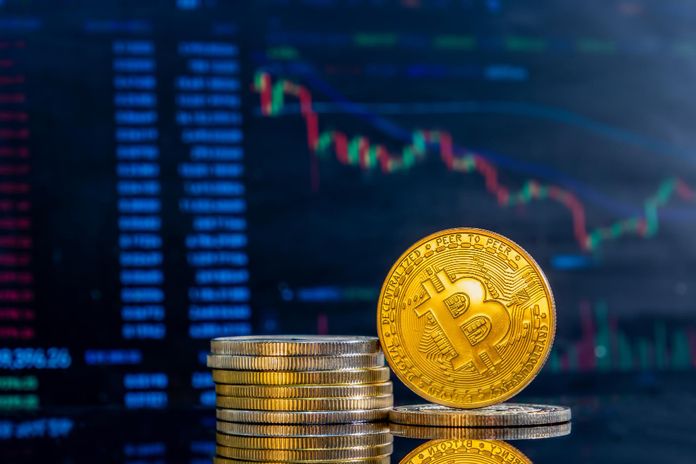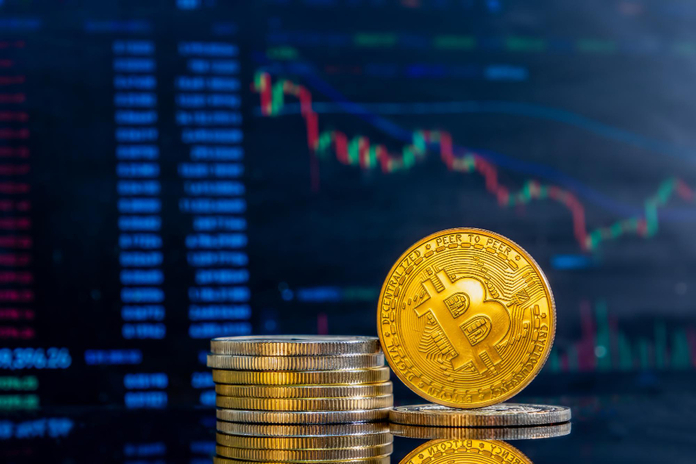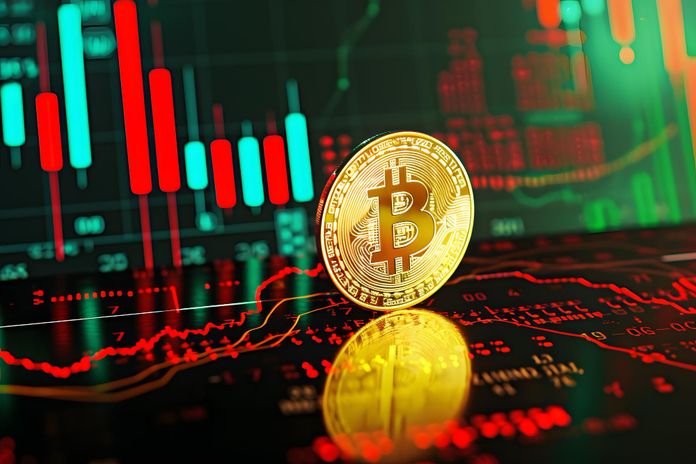Justin Sun Crypto Bet Buys Him Dinner with Trump

Justin Sun — a name both celebrated and scrutinized in the digital asset world — has once again made headlines. This time, the Chinese-born crypto entrepreneur and founder of the Tron blockchain is in the spotlight for winning a dinner with former U.S. President Donald Trump, thanks to a controversial crypto contest. The twist? This dinner isn’t just a social event — it’s a convergence of politics, power, and the world of cryptocurrency.
Trump Gala Ticket Paid with $TRUMP Coins
The prize was simple: whoever bought the most $TRUMP meme coins would earn a seat at the table during a crypto-focused gala dinner with Trump. And the winner? An account labeled “SUN,” now confirmed to be owned by Justin Sun. On social media platform X (formerly Twitter), Sun wrote, “Honored to support @POTUS… excited to connect with everyone, talk crypto, and discuss the future of our industry.”
This latest stunt further solidifies Sun’s persona as a master of headline-grabbing moves — someone who blends blockchain ambition with media spectacle. But the situation becomes more complicated considering Sun’s legal baggage.
Justin Sun Crypto Charges and SEC Trouble
In 2023, the U.S. Securities and Exchange Commission (SEC) charged Justin Sun with market manipulation and selling unregistered securities. The charges stemmed from activities surrounding his various crypto assets and platforms, including his flagship Tron blockchain. Additionally, The Verge reported Sun was under FBI investigation, though no formal criminal charges have emerged.
Interestingly, since Trump’s return to power, his administration has taken a notably hands-off approach to crypto enforcement. Many ongoing cases, including Sun’s, have been paused. In February, the SEC agreed to a 60-day halt in its proceedings against Sun — a move interpreted by many as politically motivated.
World Liberty Financial and $75 Million Investment
Justin Sun’s crypto connection to Trump runs deeper than meme coins. In late 2023, Sun reportedly invested $30 million in tokens from World Liberty Financial (WLF) — a Trump family–backed crypto venture. By early 2024, Sun’s total investment had reached $75 million, making him the largest publicly disclosed backer of the project.
According to Bloomberg News, World Liberty’s token structure sends 75% of proceeds directly to the Trump family. That means Sun’s purchases may have yielded the Trumps as much as $56 million in fees.
This tight relationship raises ethical and legal questions about political fundraising through cryptocurrencies — especially when linked to ongoing SEC investigations.
A History of Stunts and Billion-Dollar Moves
Sun is no stranger to high-stakes PR plays. In 2019, he made waves for purchasing a $4.57 million charity lunch with Warren Buffett, although he later postponed the meeting citing health issues. He also paid $6.2 million for a duct-taped banana art piece titled “Comedian,” demonstrating his flair for spectacle.
According to Forbes, Sun now boasts a net worth of $8.5 billion. But not all that glitters is digital gold — in 2022, he allegedly had to inject $2 billion into one of his own crypto firms to prevent collapse.
Meanwhile, the Wall Street Journal recently noted that Sun’s Tron blockchain is linked to over half of all illicit crypto activity. His team has called these “baseless allegations,” denying that Tron facilitates crime.
Crypto, Politics, and the Price of Influence
Sun’s win — and Trump’s silence — highlights a troubling blend of money, influence, and under-regulated digital finance. Critics have called the dinner-for-coins contest corrupt and possibly unconstitutional. Yet for Sun, the optics matter less than the access.
What will Sun discuss over dinner? He hasn’t said. But given the $75 million he’s invested in Trump-linked ventures and the paused SEC charges, it’s likely to be more than small talk.
Microsoft (NASDAQ:MSFT) may be leading AI innovation, but it’s the Justin Sun crypto story that shows just how intertwined tech, politics, and money have become.
Whether Sun’s influence is lasting or fleeting remains to be seen — but for now, he’s seated at the table.
Featured Image: depositphotos @ zoomteam






